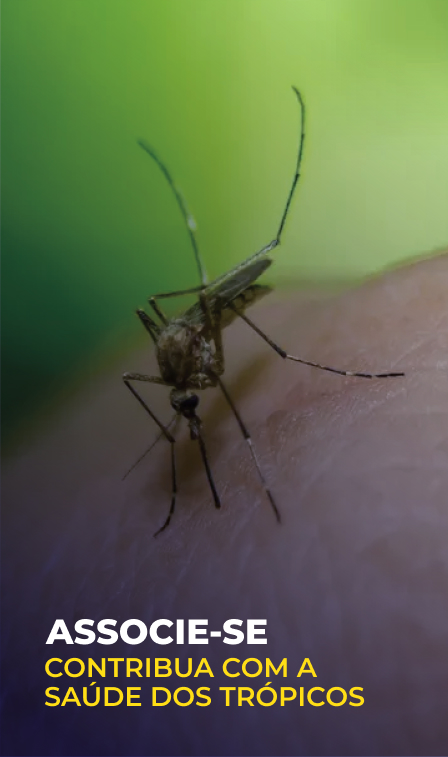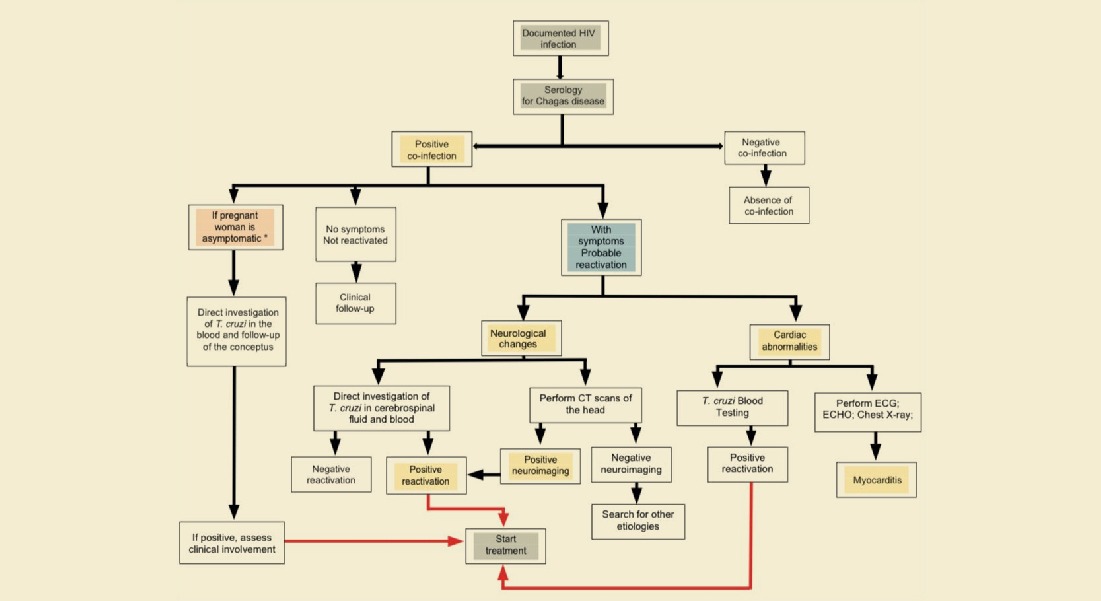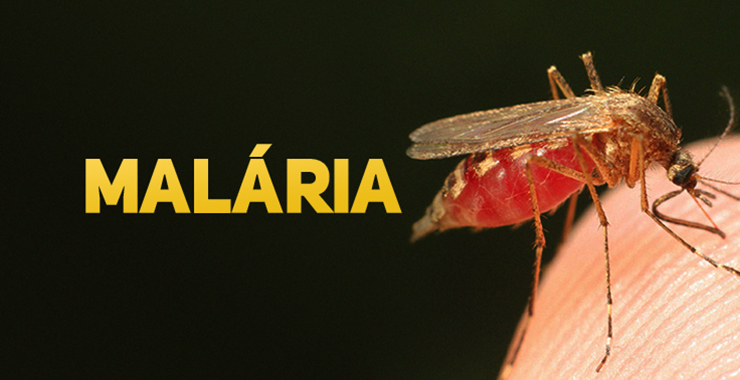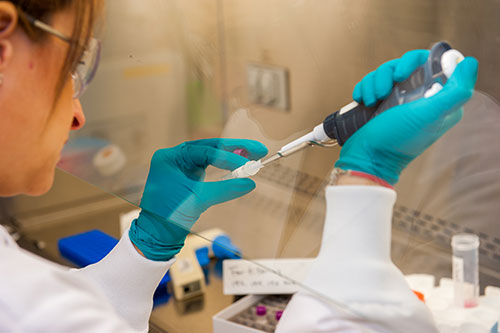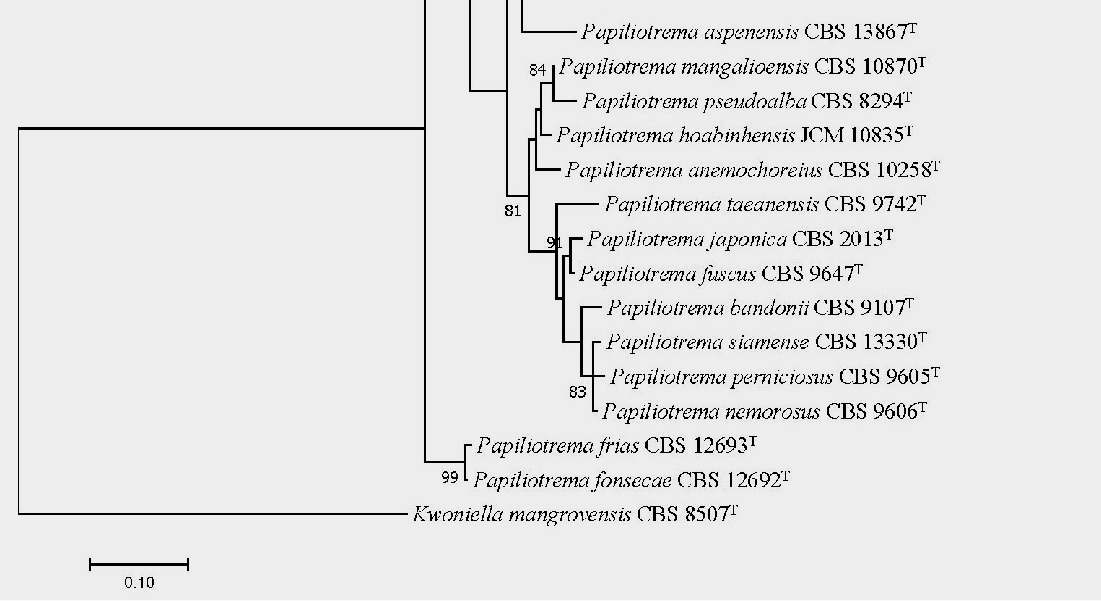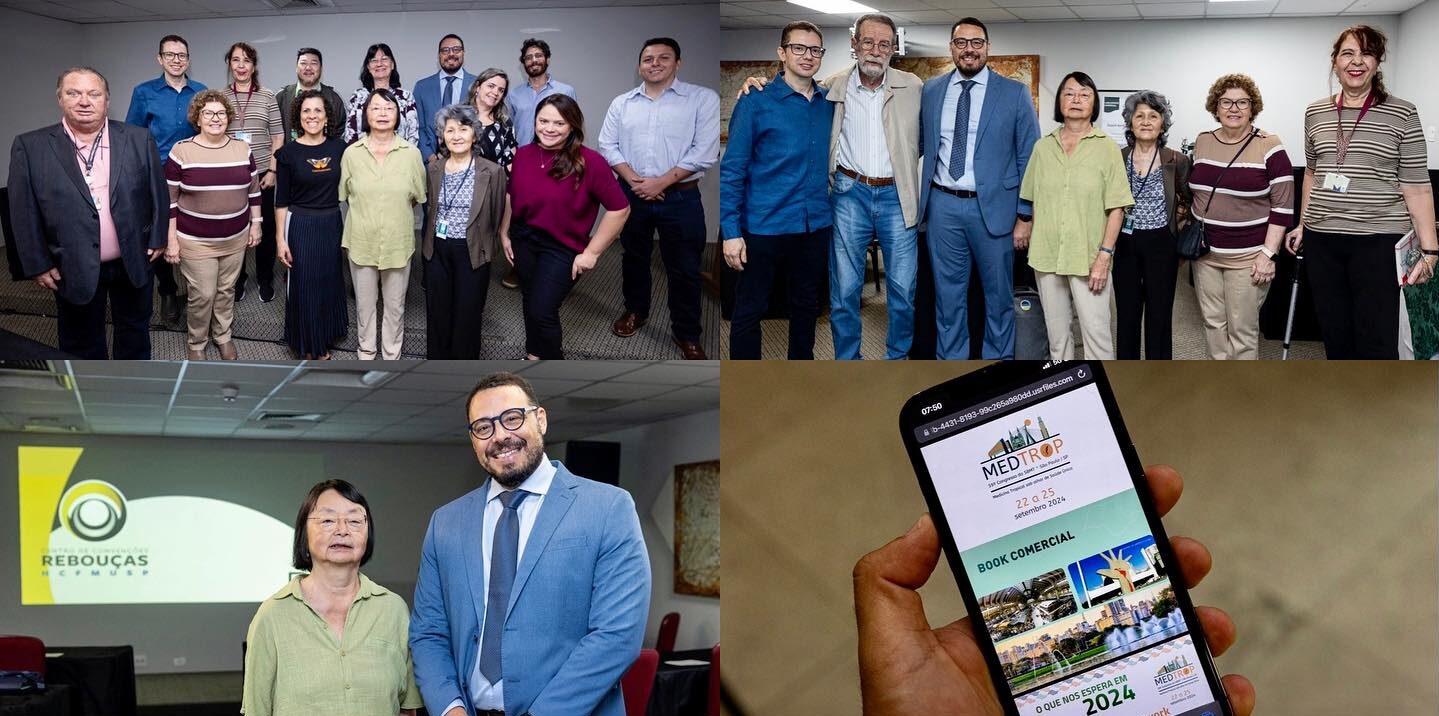
Tuberculosis: new vaccines can prevent millions of deaths
If proven effective in clinical trials, the candidate vaccines will be additional control tools to reverse the advancement of tuberculosis
10/04/2023
Of the 22 countries that account for 80% of the world’s tuberculosis cases, Brazil ranks 15th in the ranking led by China and India. What do they have in common? They are emerging countries with large social inequalities that continue to be affected by poverty-related diseases
In January, during the Davos Forum, the Director-General of the World Health Organization (WHO), Tedros Ghebreyesus, called for solidarity in the search for a tuberculosis vaccine to be demonstrated as a matter of humanity. He warned of the risks of multi-drug-resistant TB and said that countries at the highest risk must help tackle the problem. At the time, he emphasized that the challenges presented by tuberculosis and COVID-19 are different, but the demands generated by both diseases on science, research and innovation are the same: urgent need for public investment, philanthropic support and engagement of the private sector and communities. According to the WHO, the disease epidemic shows no signs of slowing down, even with commitments to eradicate it by 2030. The agency argues that within 25 years, a vaccine with 50% efficacy in preventing the disease among adolescents and adults could prevent up to 76 million new cases.
Although research on the next generation of vaccines has been underway for decades, the only vaccine currently used, Bacillus Calmette-Guérin (BCG), was developed over a century ago. According to Dr. Theolis Bessa, a member of the TB Technology & Innovation Area of the Brazilian Tuberculosis Research Network (REDE-TB) and a researcher at the Oswaldo Cruz Foundation (Fiocruz Bahia), the BCG, despite being an extremely safe vaccine, provides protection only for the most severe forms of the disease, such as tuberculous meningitis and miliary tuberculosis, especially in the pediatric population. However, it is not as effective against pulmonary TB, the main form observed in young adults, the age group most commonly affected by the disease and also responsible for spreading the bacillus to others.
The researcher emphasizes that the creation of an effective vaccine against the bacteria that causes tuberculosis, Mycobacterium tuberculosis (MTB), which provides more effective protection in adults, is the hope for defeating the disease, which according to the WHO, caused 1.6 million deaths and infected 10.6 million people worldwide in 2021. According to her, new vaccine strategies have been sought and there are proposals that can replace BCG and others that take into account prior immunization with this vaccine, in which the person will receive a booster of another vaccine. Currently, there are five candidates in Phase 3 clinical trials, meaning they have the possibility of being evaluated by regulatory agencies. “Among them, we have vaccines for the prevention of infection and for the prevention of disease. And also those that will be more in the context of immunotherapy, in order to prevent recurrence. Only after evaluations will we be able to know whether they are effective at these different stages,” adds Dr. Bessa.
Some of the vaccine candidates have technology similar to BCG, that is, they are composed of attenuated mycobacteria. One example is the so-called MTBVAC, produced from an attenuated strain of the tuberculosis mycobacterium, with a specific deletion of two virulence genes that contribute to the persistence of the bacillus. Dr. Bessa explains that the advantage is to use the own tuberculosis strain, which by storing various antigens of the same mycobacterium, is able to trigger the immune response. “This is a candidate that can replace BCG if proven to be more effective. MTBVAC is being evaluated for disease prevention and clinical trials will demonstrate if there are fewer sick people among those who were randomized to receive the vaccine compared to those who will not receive the immunizer,” she notes.
Another vaccine, the VPM1002, also designed to replace BCG, uses the same technology of an attenuated microorganism, but replaces one of the genes of the mycobacterium, ureaseC, with a gene from another bacterium that encodes listeriolysin. The advantage, according to Dr. Bessa, is that the genetic modifications facilitate the processing of the mycobacterium inside the cell, promoting acidification in the compartment where the BCG is located, which leads to greater release into the cytosol, providing exposure of the antigens of this mycobacterium to produce an immune response, i.e., it facilitates the availability of the antigens of BCG to potentially promote a better response. This vaccine is being evaluated for prevention of the disease and infection, as well as for recurrence.
A third vaccine, also based on mycobacteria, Mycobacterium indicus pranii, has the same principle as BCG and aims to promote a cross-immune response against tuberculosis. This vaccine is being studied as a means of preventing the disease.
In more advanced clinical trials, there are candidates with technologies that combine antigens for mycobacteria, known as recombinant or subunit vaccines. One of them is Russian, GamTBvac, and the other, M72 / ASO1E, is part of a consortium. To increase the immune response, they combine protein portions of the mycobacteria associated with an adjuvant. Both vaccines are being studied in the context of prevention. “GamTBvac uses protein portions associated with the virulence of the tuberculosis bacillus, antigens 85A, ESAT-6, and CFP10, proteins also involved in other vaccine strategies that are in less advanced stages of development,” emphasizes Dr. Bessa. M72/ASO1E uses other antigens, one of which is exclusive to the consortium proposing this vaccine candidate. According to the latest vaccine development stage report, “Pipeline Report » 2022 Tuberculosis Vaccines” , published in October 2022, clinical trials are planned to evaluate M72 / ASO1E in several countries and, possibly, Brazil will also be included in this research stage.
World Tuberculosis Day
Observed on March 24th, this day aims to raise awareness about the devastating health, social, and economic consequences of tuberculosis, as well as intensify efforts to end the global epidemic. This year, the theme globally used for the campaign was “Yes! We can end tuberculosis,” and it drew attention to the collective power to end the disease by 2030. It was based on the incredible work done in 2022 by many high-burden countries to recover from the impact of Covid-19, ensuring access to treatment and prevention, and emphasized the increased involvement of people affected by tuberculosis, communities, and civil society, who lead the movement to end the disease.





